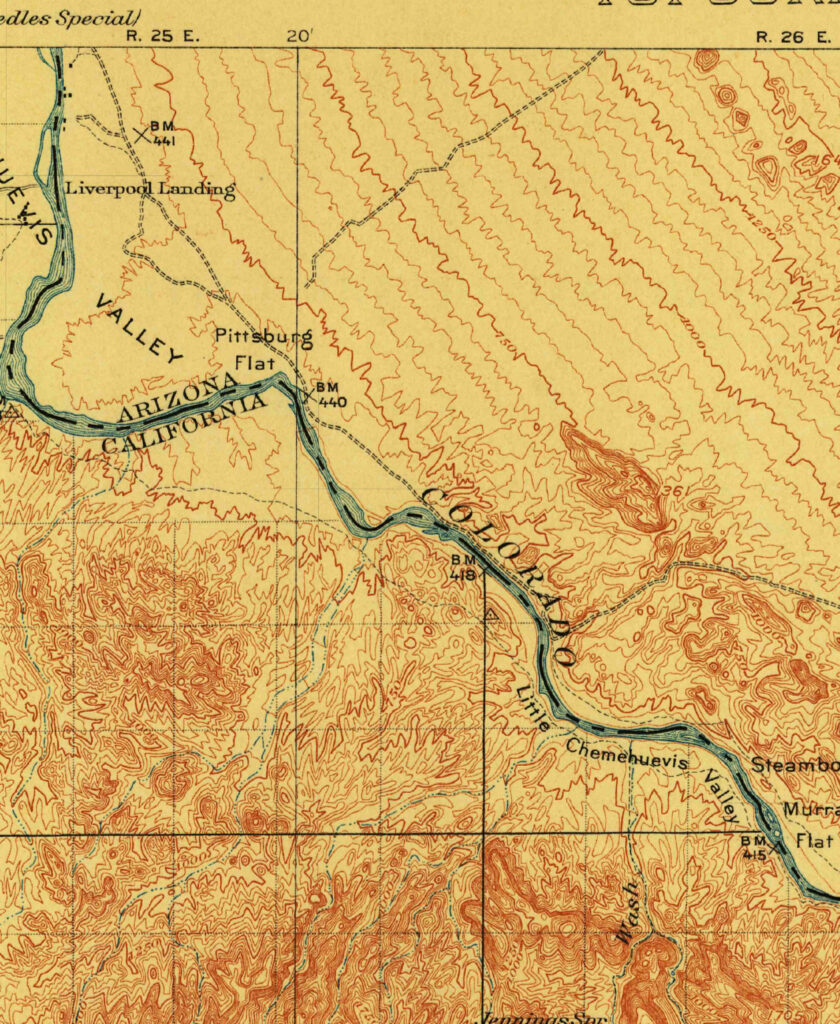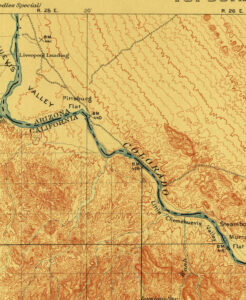Featured Landsat Videos
- + G2009-120_Landsat_Flyby_MASTER_ipod_lg – A short overview of how Landsat benefits people.
- + Landsat 8 Launch – Landsat 8 blasts off on an Atlas V rocket.
- + Landsat 8 Everglades Onion Skin – See how Landsat images are made using layers of data.
- + Landsat 7 San Francisco Onionskin – Explore the making of a Landsat image using layers of data.
Images, Videos, and Animation Resources
- + NASA’s Science Visualization Studio: Landsat – NASA’s Science Visualization Studio (SVS) creates an array of images and animations using satellite and other data to illustrate research done by NASA.
- + Landsat Image Gallery – Browse Landsat images from around the world and read stories about each landmark as Landsat sees them.
- + Earth Observatory – A collection of images and stories about Earth including, Landsat’s Greatest Hits, a slideshow of some of the best images from the Landsat program’s first 40 years.
- + Earth as Art – A USGS collection of some of Landsat’s most beautiful images from around the world.
- + EarthShots: Satellite Images of Environmental Change – EarthShots introduces remote sensing by showing examples of environmental change from around the world. Explore this site to see how satellite imagery is used to track change over time.




